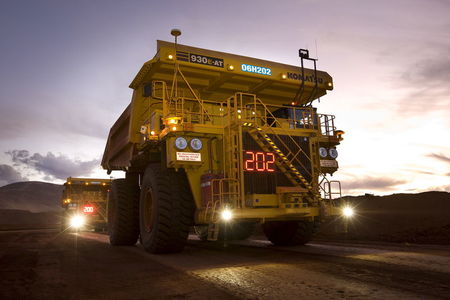Investing.com — As the U.S. presidential race unfolds, with former President Trump on track to return to the White House, major policy shifts appear likely, impacting sectors like machinery and construction.
Analysts at Barclays (LON:) have identified core areas where changes in trade, immigration, and regulatory policies under a Trump administration could reshape these industries, from tariff impacts to funding challenges.
Tariffs, a key issue in Trump’s first term, could again become a central policy tool, posing potential headwinds for the machinery sector.
Companies in this field typically operate with global supply chains and substantial international sales exposure, including agricultural equipment firms that depend on global sales markets.
Tariffs on imports, particularly from major trade partners, could strain the machinery sector, though industry players are better equipped now to pass on costs compared to 2018.
During the last tariff hike, machinery stocks saw declines due to investor concerns over rising operational costs, but Barclays notes that companies today have refined pricing strategies to manage cost increases.
Firms have learned from COVID-related supply chain disruptions and developed mechanisms like tariff surcharges to offset cost pressures, which may help them adapt more effectively if tariffs return.
The potential for restrictive immigration policies under a Trump presidency could pose challenges for construction and manufacturing industries, where foreign-born workers are critical to the labor force.
As per Barclays, these sectors employ about six million immigrant workers, many of whom fill roles that are currently difficult to staff with domestic labor alone.
Given that roughly 30% of U.S. construction workers are immigrants, stricter immigration policies could lead to increased labor shortages, driving up project costs and wage inflation. Southern states, which house a larger portion of these workers, are especially vulnerable.
If immigration constraints escalate, it could affect the availability of labor for projects in these high-growth regions, potentially reducing project feasibility or inflating costs.
Regulatory policy shifts are also expected to have mixed impacts. Trump’s past approach to environmental regulation included substantial rollbacks, and a second term could see a continuation, particularly in clean energy areas.
Trump has been vocal about reducing support for electric vehicles,…
Click Here to Read the Full Original Article at All News…


